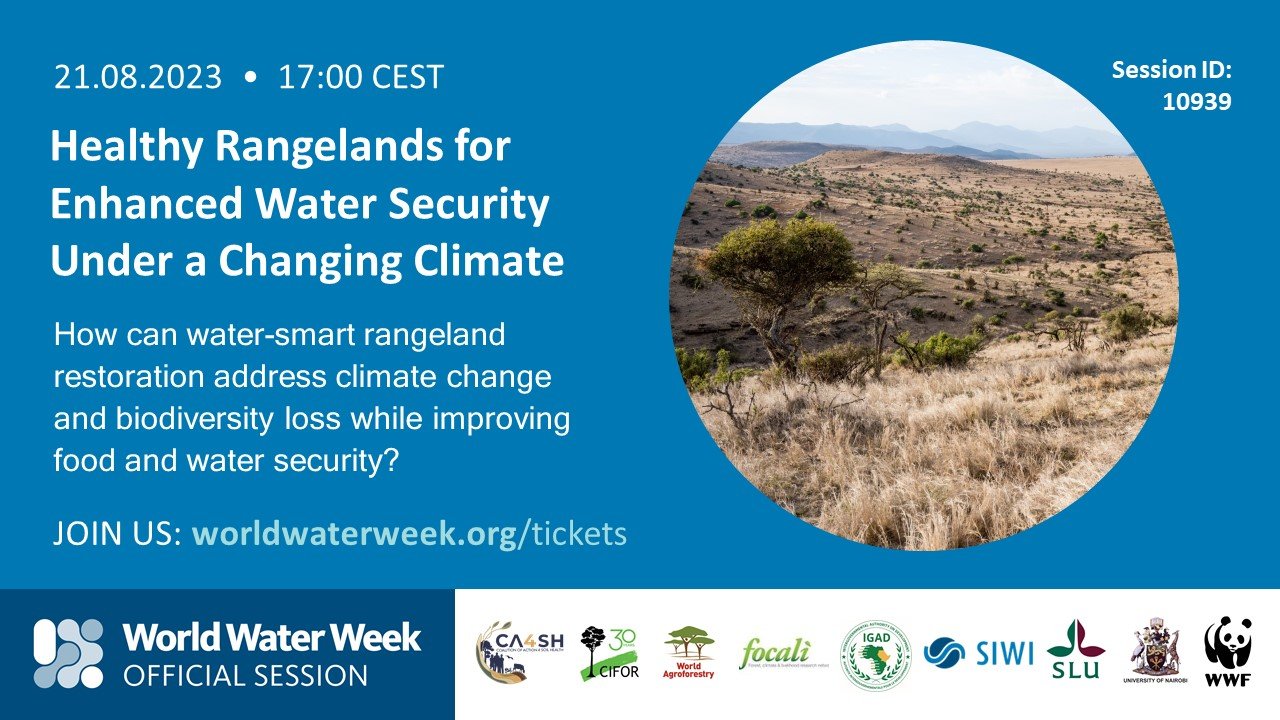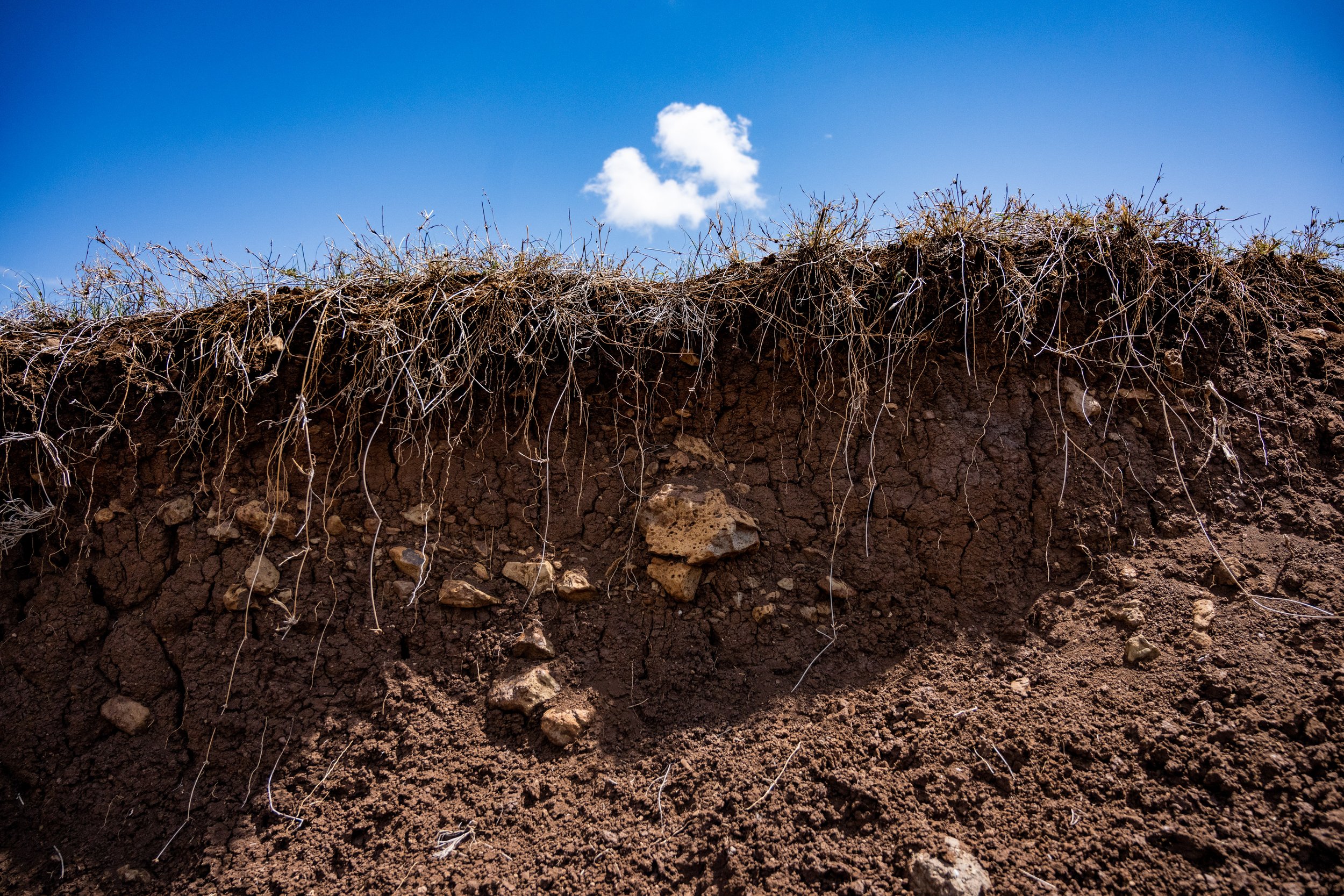This blog post is written by Katarina Börling, research adviser at SLU Global, in conjunction to the International Year of Millets 2023.
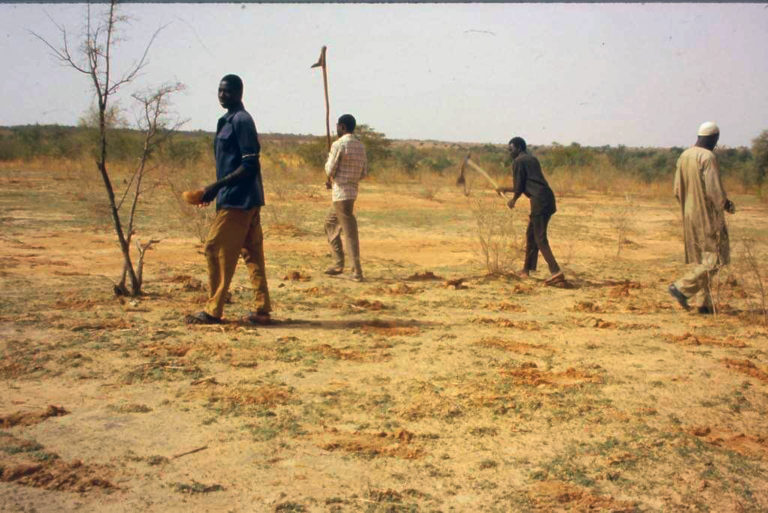
Sowing millets in the village of Samadey in 1995 – a collaborative process. One person created a pocket (hole), while another carefully placed 10-15 seeds into each pocket. After a few weeks, a thinning process took place, and only the three healthiest plants were retained. Photo: Katarina Börling
My first encounter with millets was in the 1990s, spending numerous hot hours in a pearl millets field in the village Samadey outside Niamey in Niger. This was part of a Minor Field Study linked to the PhD thesis of Johan Rockström, where he annually brought two SLU students. The fieldwork gave a good opportunity to follow the cultivation of millets on a farmer’s field. The daily routine also included a morning stop on our way out of Niamey, to buy “maza” – small millets pancakes, from a woman cooking them on a roadside wood stove, which served as our field lunch.
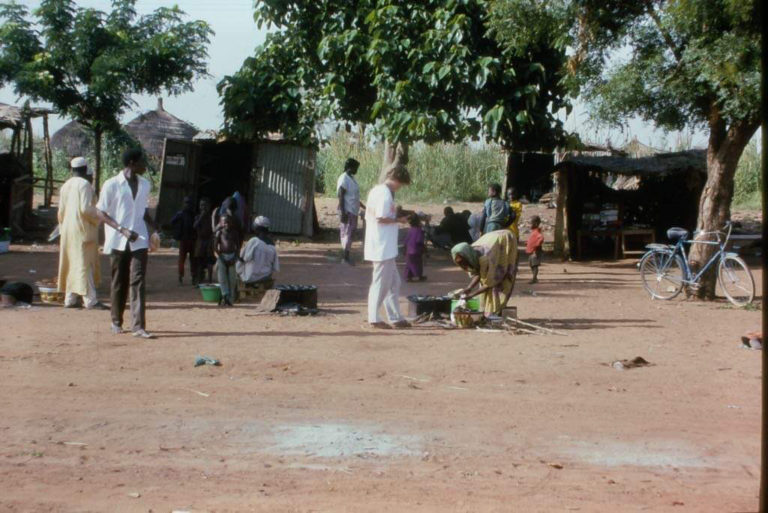
Purchase of lunch – millets pancakes – before leaving Niamey for a day of fieldwork. Photo: Katarina Börling
As one of the earliest domesticated crops with a history dating back 7 000 years, millets have been a staple crop in many parts of the world. However, in the past half-century, millets have been replaced in many regions, in favor of higher-yielding crops such as maize, rice and wheat. Yet, there is a rising interest in millets as they are resilient crops with low input requirements and an ability to cope with increasing effects of climate change, such as drought and flooding. In addition, the interest is driven by the health benefits and nutritional value of millets, providing gluten free grains rich in minerals, vitamins and antioxidants.
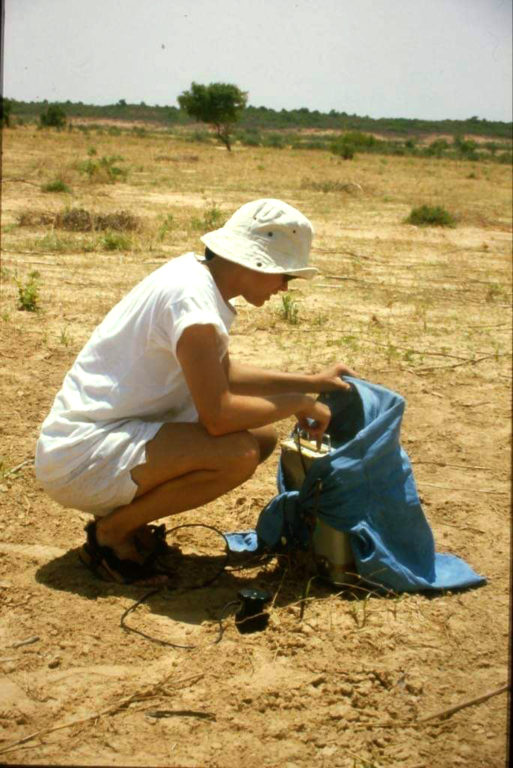
Here I’m measuring soil water content in the millet field during the sowing period, protecting the instrument from the hot sun with a shirt. Photo: Kristina Gullbrandsson
SLU symposium dedicated to millets
In India, the spotlight on millets was set a few of years ago, when declaring 2018 as the National Year of Millets. Building on this, the Government of India also proposed to the United Nations General Assembly to declare 2023 the International Year of Millets (IYM 2023). Throughout the year, information has been gathered and several events have been organised to inspire stakeholders from policymakers to farmers, civil society and researchers, promoting a reassessment of the crucial role that millets play both in diets and in production.
In contribution to IYM 2023, we at SLU Global together with SLU Plant Protection Network and SLU Breeding Network, organised a symposium dedicated to millets in September 2023 in Alnarp.The event brought together SLU researchers and MSc students, as well as several international participants. Keynote speaker was Patrick Okori, the Executive Secretary of the Regional Universities Forum for Capacity Building in Agriculture (RUFORUM), who gave an inspiring talk where he framed the role of different millet crops in a changing climate and how it can be used for diverse purposes, including as a healthy food alternative. However, he pointed out the need for further research and development on millets.
At the symposium, we discovered that the typical millet yield in Africa is as low as one ton per hectare. However, it was underscored that there is an unleashed yield potential of millets, which can be unlocked through improved breeding materials, optimized agricultural practices and improved seed systems. Concerning health benefits, several positive effects of millets consumption was raised, and we also learned that millets can be used for making nutritious porridge for undernourished children.
I was also very inspired by invited speaker Alexandra Klang from Svalorna (LINK) who talked about the Millets sisters in India. A group of Dalit women who are leading a change of norms in India by supporting small scale millets farmers, pushing politicians to introduce millets in schools, working with seed banks and improving market for millets. By sharing knowledge nationwide, they have elevated the millet cultivation, promoting indigenous knowledge and through that, provided food sovereignty.
Several of the speakers addressed the concern of vanishing cooking traditions, highlighting that millets pose a challenge in terms of preparation due to their unique demands in the kitchen. Also, some new millets varieties give a high yield, but doesn’t taste well, which emphasizes the delicate balance needed between cultivation benefits and gastronomic appeal in millets breeding. However, for us, the day at the millet symposium was nicely framed as we were served tasty millets-cookies for “fika” and a nice millet lunch, which made the day a holistic experience.
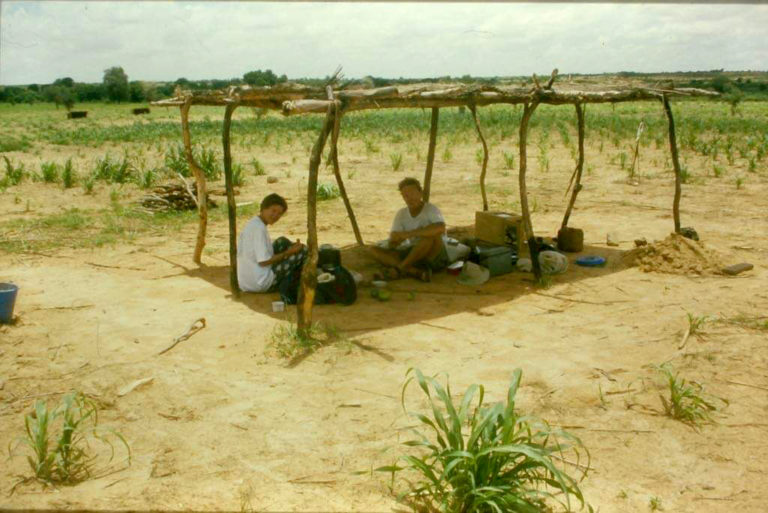
Johan Rockström and my fellow SLU student, Kristina Gullbrandsson, taking a break in the shadow during the fieldwork. The millet plants are growing bigger every week. Photo: Katarina Börling
Looking at the bright future for millets
During the week when I wrote this blog post, my excitement for millets reached new heights as I tuned into a news programme on national Swedish TV. Among the often discouraging news reports, a ray of positivity emerged when I witnessed the Indian farmer, Pradeep, passionately talking about his own experience of millets, and how millets can address the issue of food security. “More people’s hunger can be satisfied if more people eat millets, there is no doubt about it”. The journalist behind the feature, Malin Mendel, is a well-known Swedish international correspondent that has a taste for Indian cuisine and has written several cookbooks on the subject. When Malin tasted the millet pancakes that the farmer and his wife had cooked, she said with satisfaction “It tastes healthy!”, maybe implying that millets will become the new fashionable, healthy food making a comeback in the urban areas of India.
With increasing impacts of climate change that calls for resilient crops, coupled with an increasing demand for nutritious and healthy foods, I feel hopeful that the IYM 2023 will increase the interest in millets and that millets are ready for comeback.
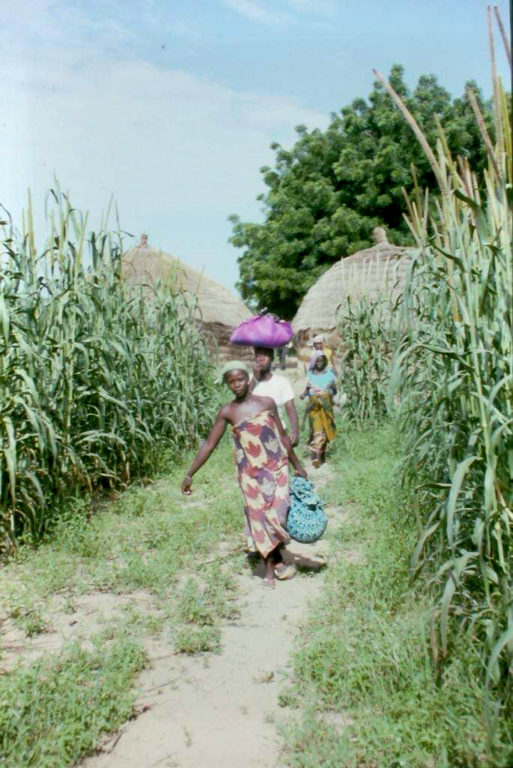
The people in Samadey passing through the millets field at the end of the season before harvest of the millets. Photo: Katarina Börling
Find out more about SLU’s research and activities on millets and other traditional crops on SLU Global’s web here.


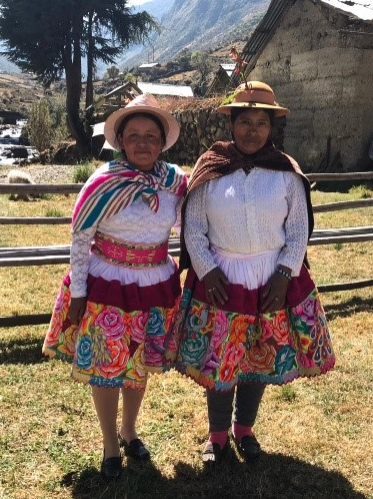
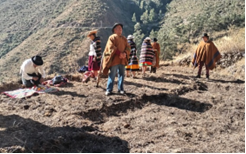


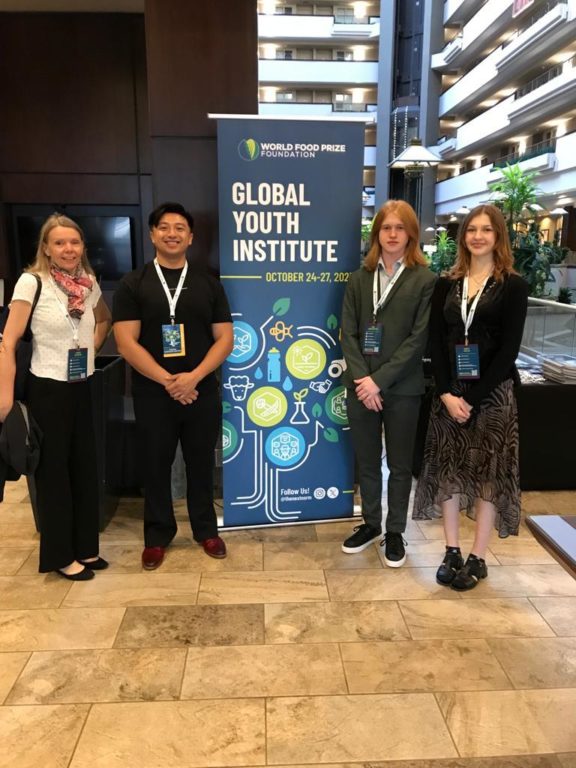
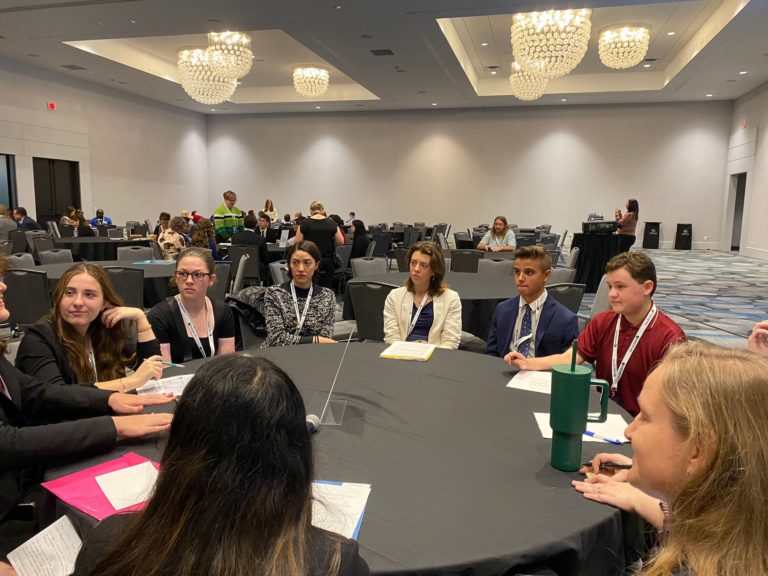
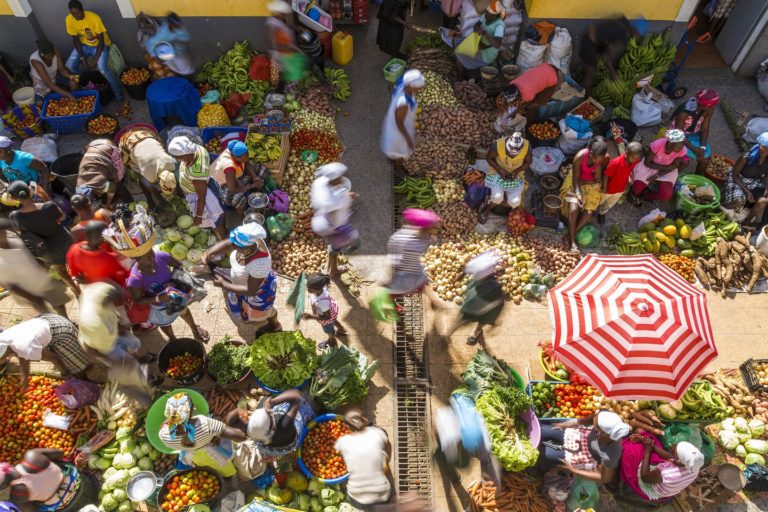
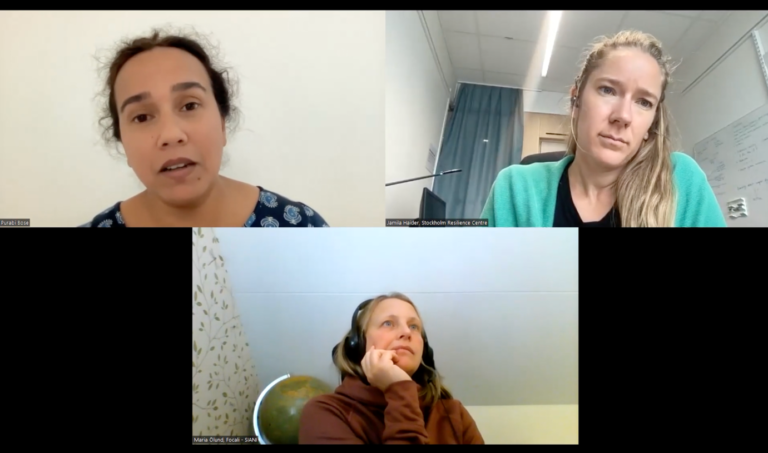 Screenshot of panel recording from “Panel 12 – Indigenous knowledge production and rights in food system”
Screenshot of panel recording from “Panel 12 – Indigenous knowledge production and rights in food system”